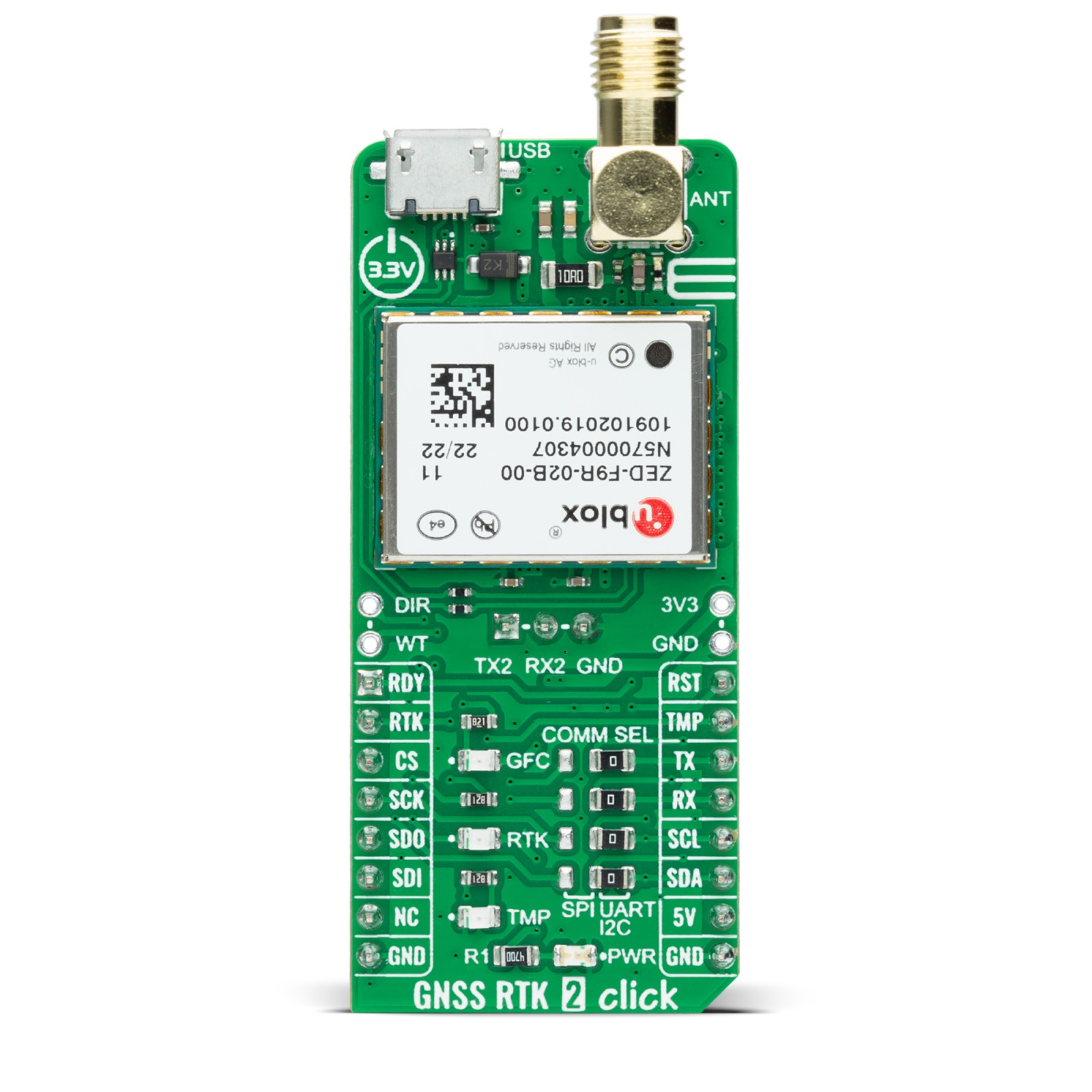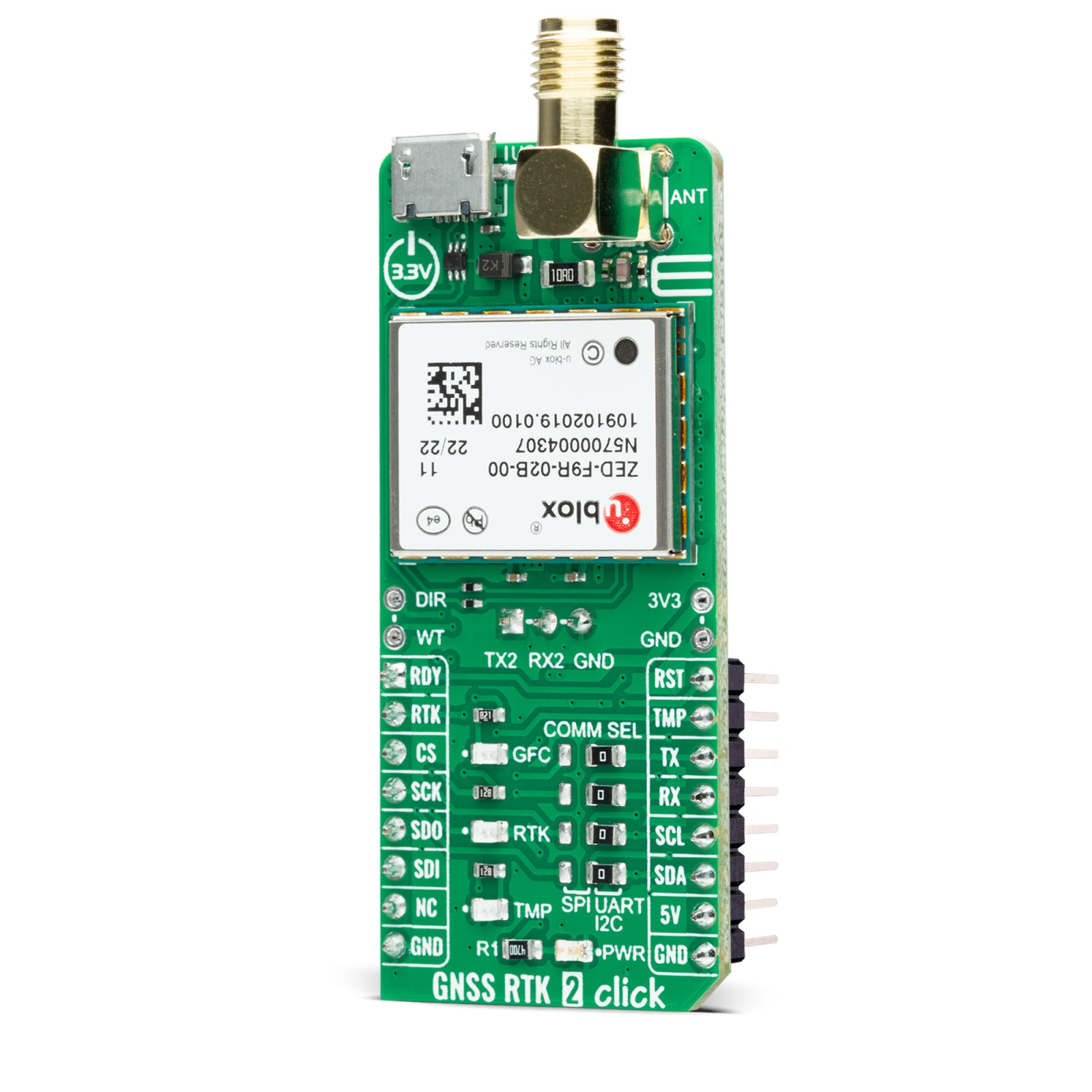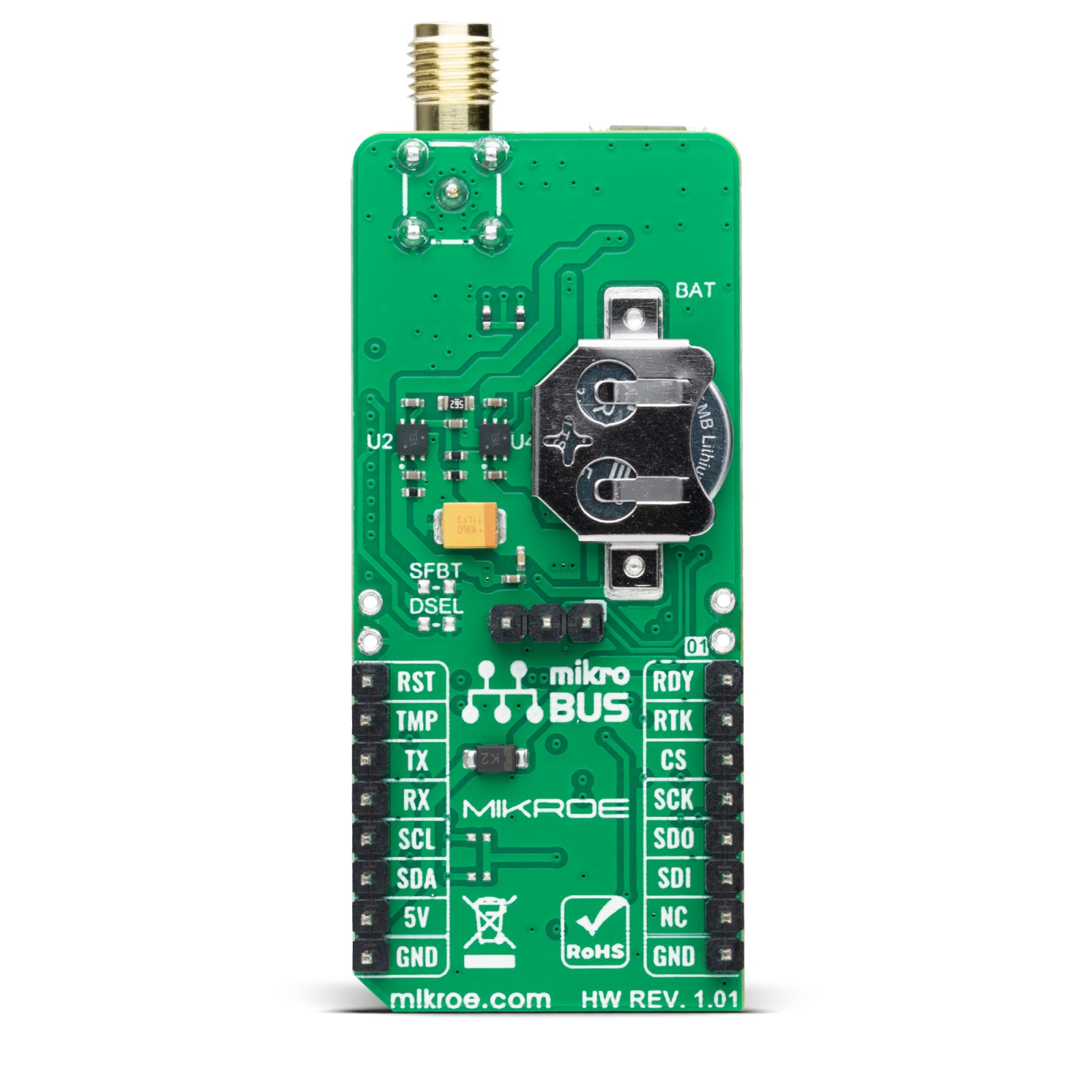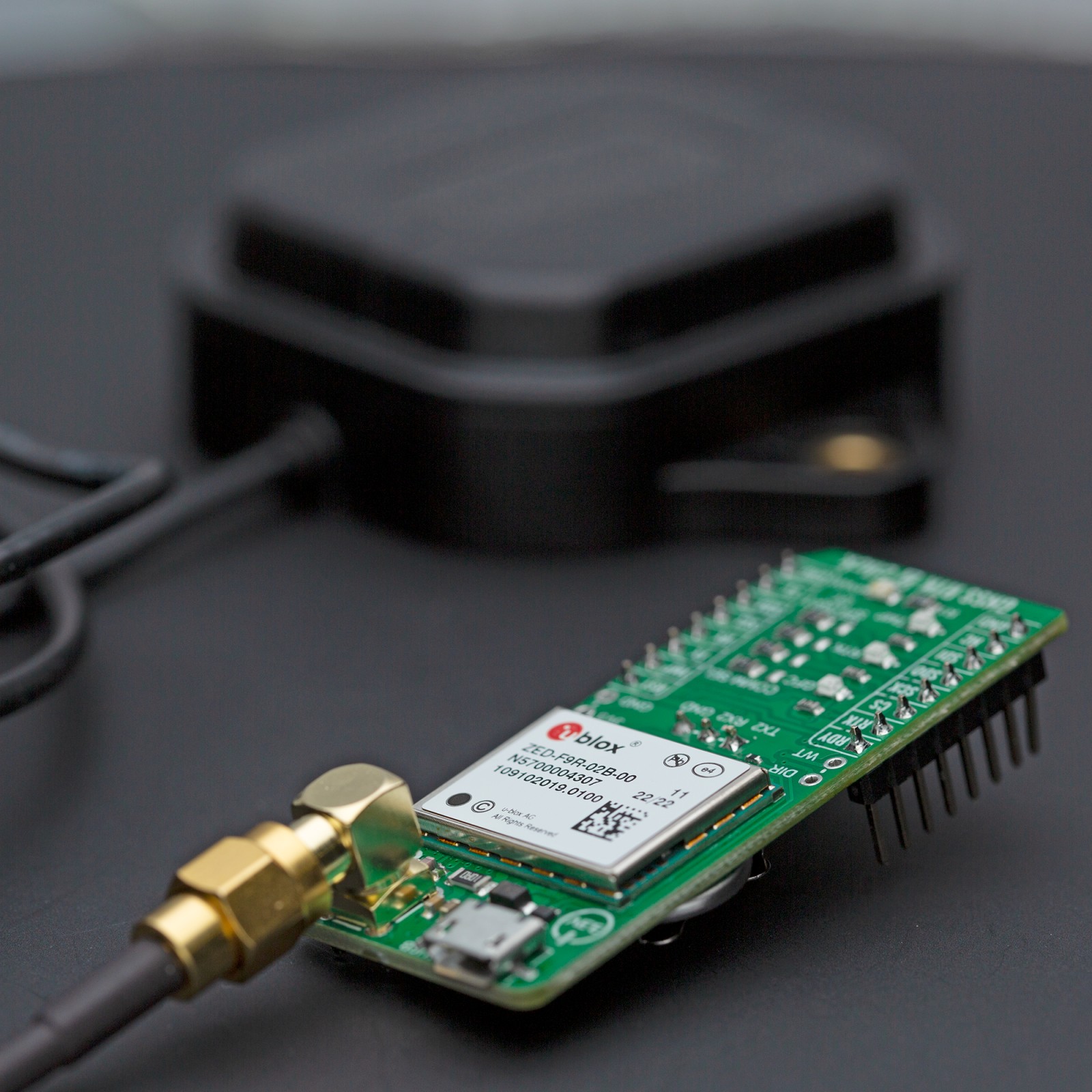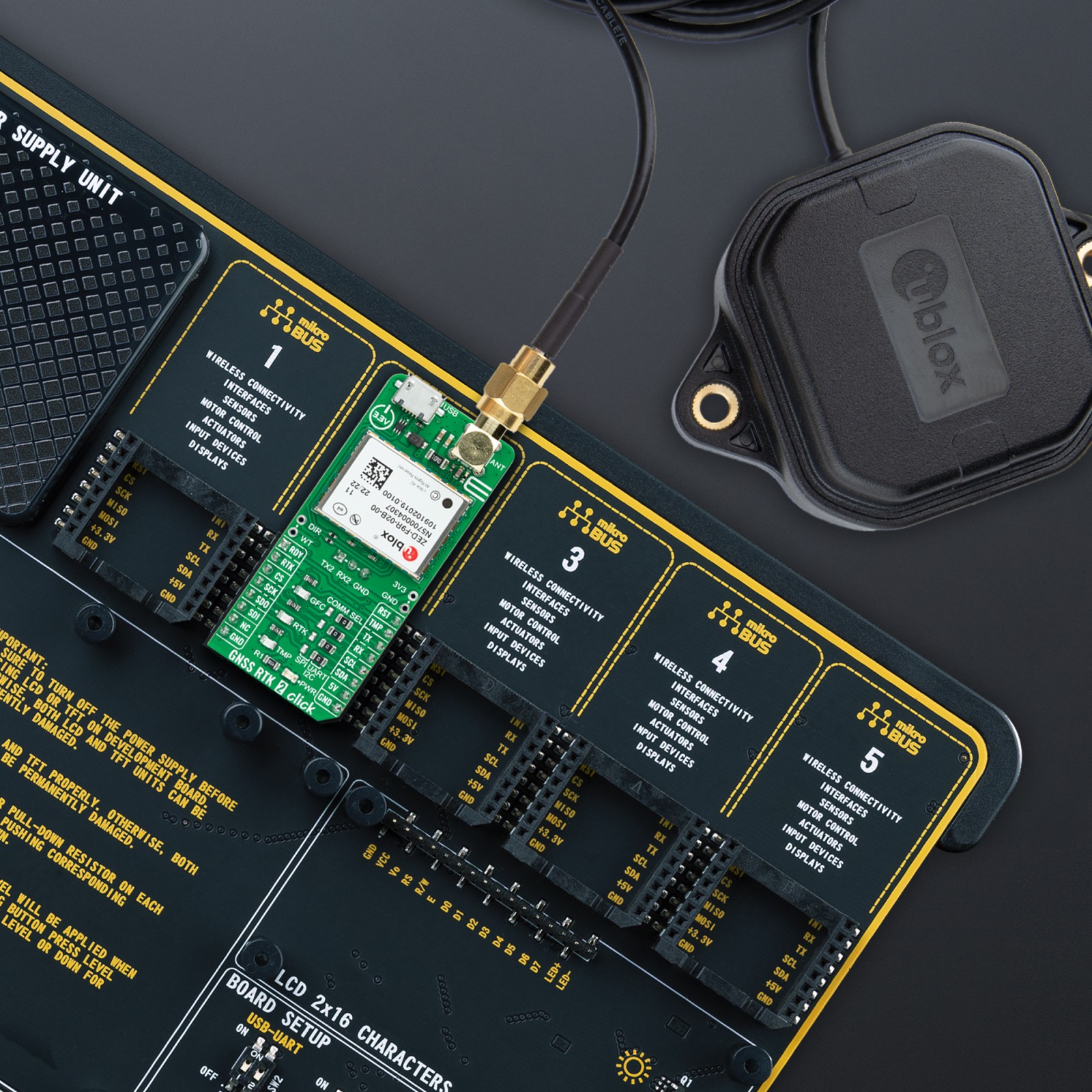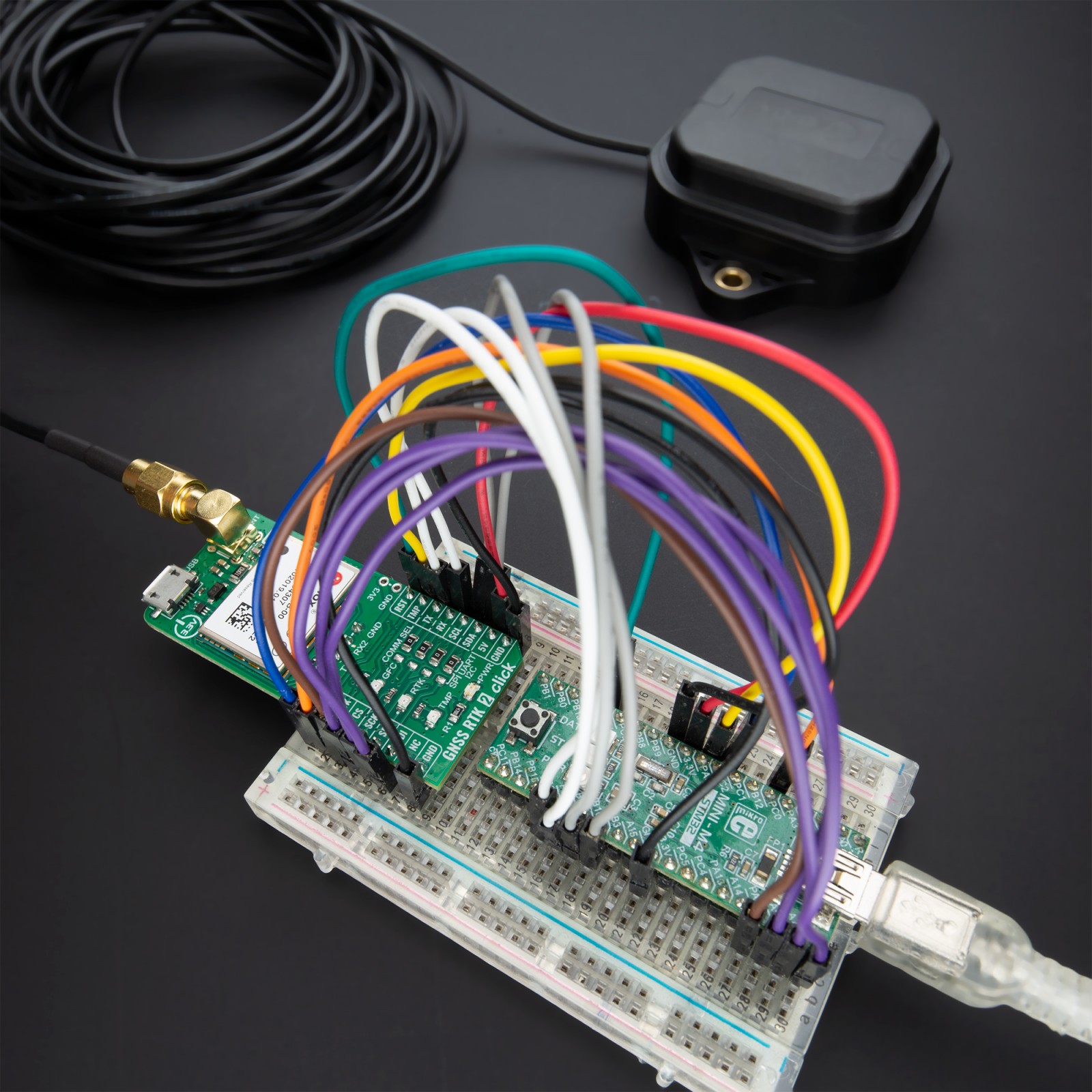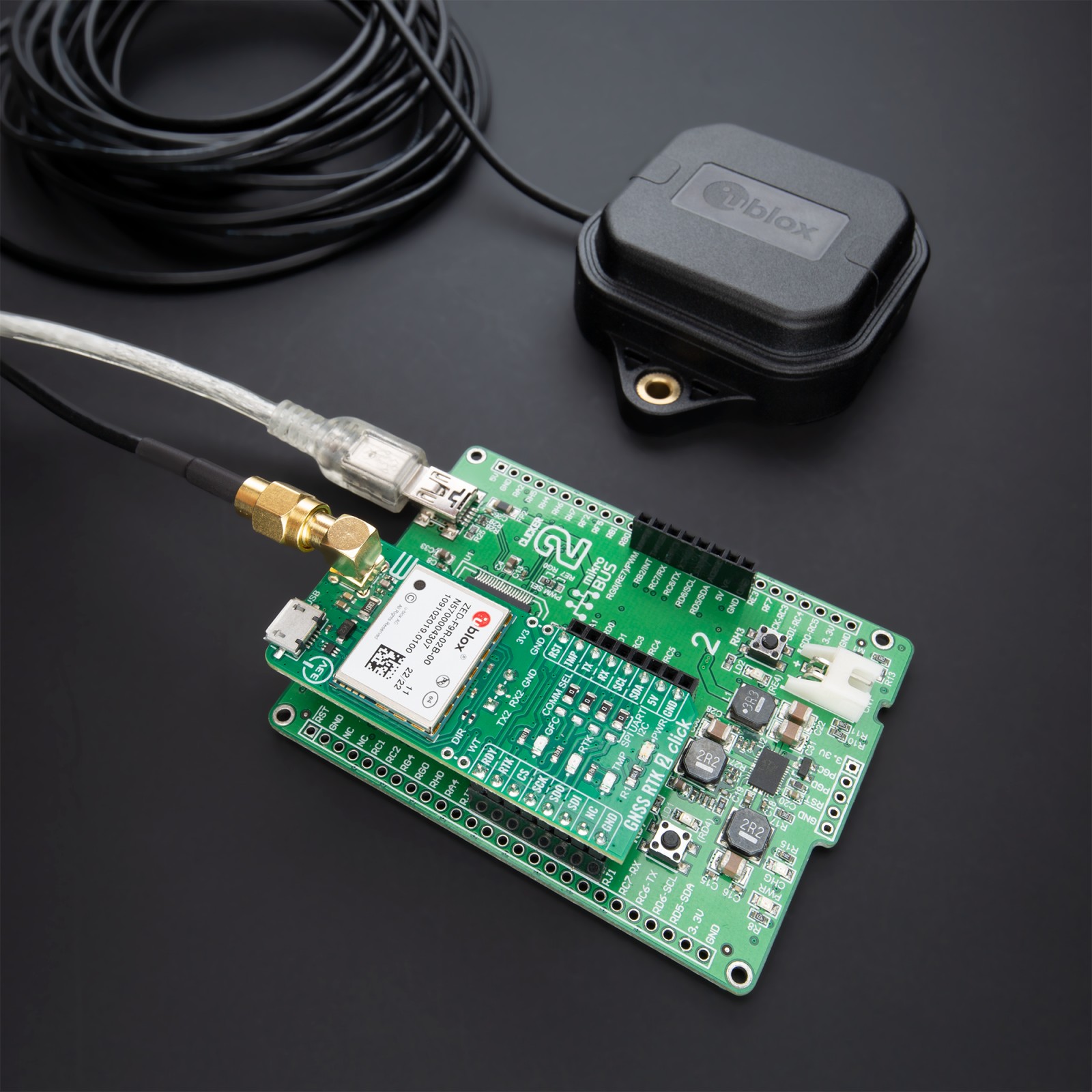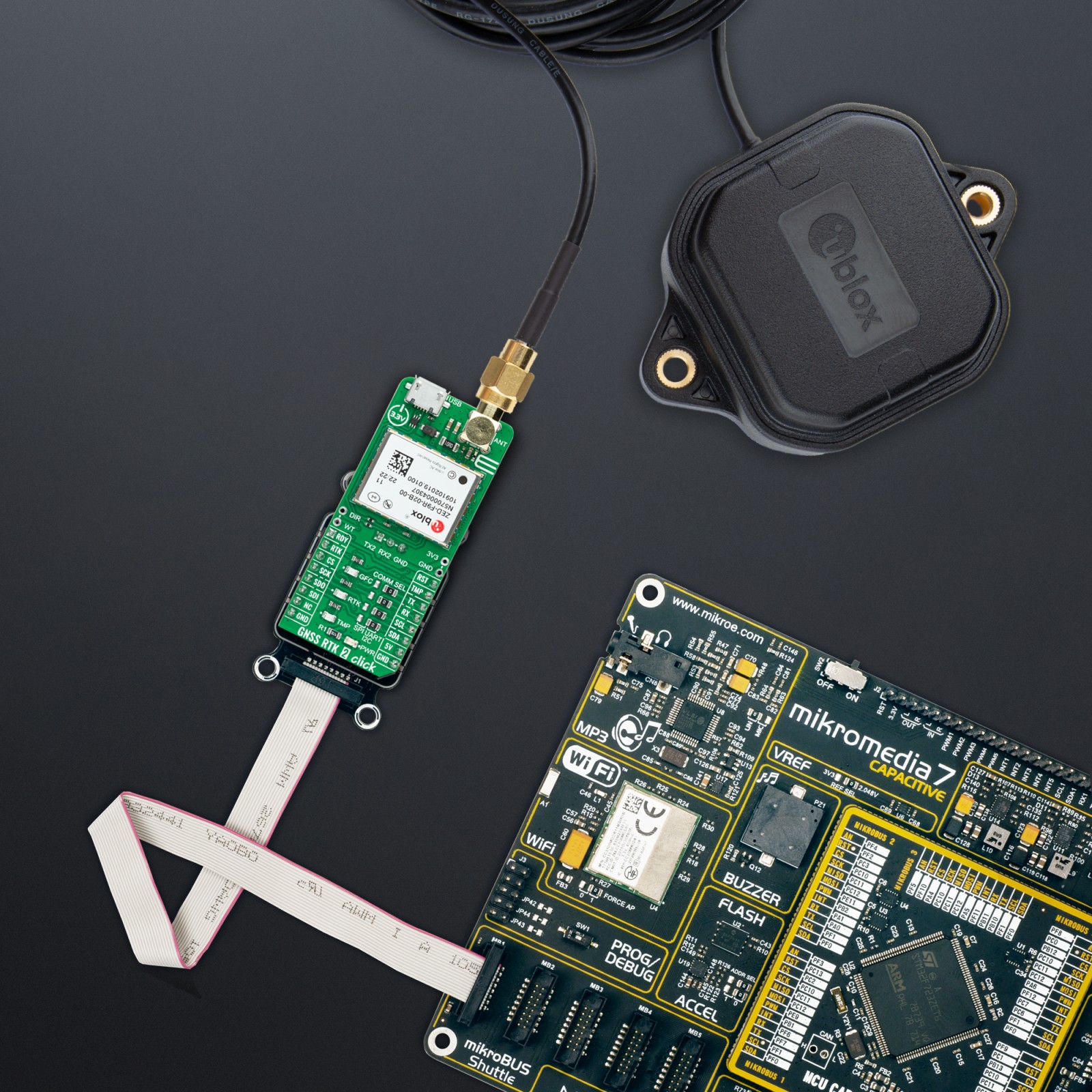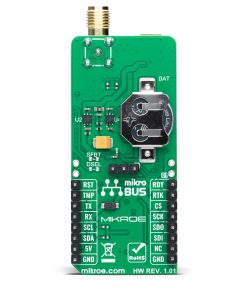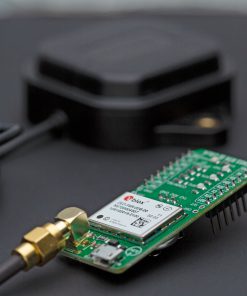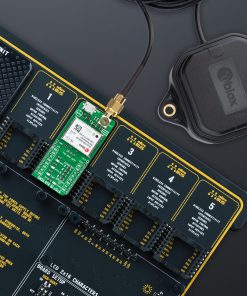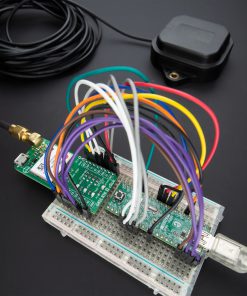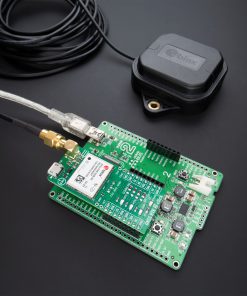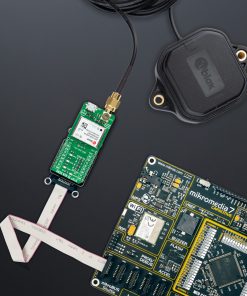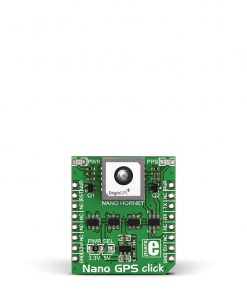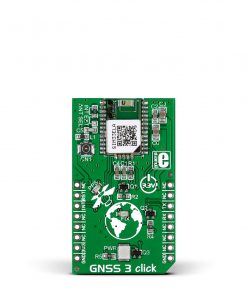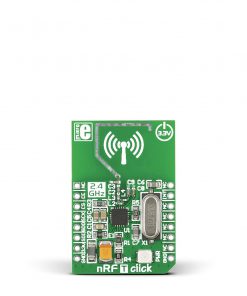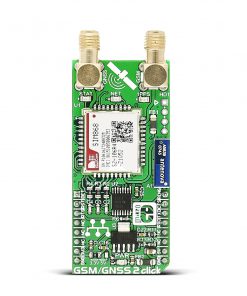Subtotal: R230.00
GNSS RTK 2 Click
R4,750.00 ex. VAT
GNSS RTK 2 Click is a compact add-on board used to enhance the precision of position data derived from satellite-based positioning systems. This board features the ZED-F9R, a multi-band professional-grade GNSS module with integrated multi-band Real Time Kinematics (RTK) technology offering centimeter-level accuracy from u-blox. This module concurrently uses GNSS signals from all four GNSS constellations (GPS/QZSS, GLONASS, Galileo, and BeiDou) and provides a reliable multi-band RTK turnkey solution with up to 30Hz real-time position update rate and full GNSS carrier raw data. This Click board™ is suitable for high-precision positioning for demanding industrial applications like machine control, ground robotic vehicles, and unmanned aerial vehicles (UAV).
GNSS RTK 2 Click is supported by a mikroSDK compliant library, which includes functions that simplify software development. This Click board™ comes as a fully tested product, ready to be used on a system equipped with the mikroBUS™ socket.
NOTE: This Click board™ is compatible with Skylark® Precise Positioning Services, enabling high-precision GNSS applications. For detailed, step-by-step instructions on setting up Skylark® Precise Positioning Service, please refer to the Quick User Guide.
Stock: Lead-time applicable.
| 5+ | R4,512.50 |
| 10+ | R4,393.75 |
| 15+ | R4,275.00 |
| 20+ | R4,156.25 |

 RS485 Click 5V
RS485 Click 5V 